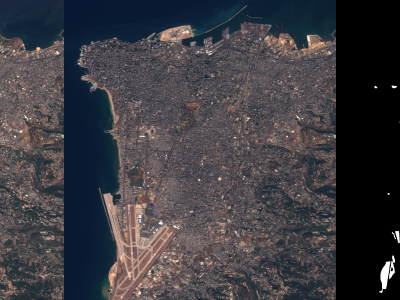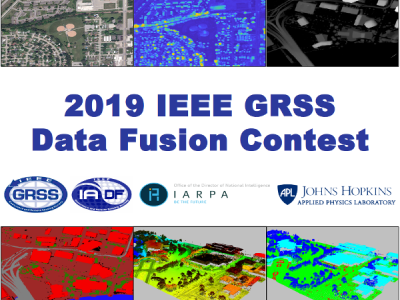Fluorescence Microscopy Image Datasets for Deep Learning Segmentation of Intracellular Orgenelle Networks

- Citation Author(s):
-
Yaoru LuoYuanhao GuoWenjing LiGuole LiuGe Yang
- Submitted by:
- yaoru luo
- Last updated:
- DOI:
- 10.21227/t2he-zn97
 3241 views
3241 views
- Categories:
- Keywords:
Abstract
Intracellular organelle networks such as the endoplasmic reticulum (ER) network and the mitochondrial network serve crucial physiological functions. Morphology of these networks plays critical roles in mediating their functions.Accurate image segmentation is required for analyzing morphology of these networks for applications such as disease diagnosis and drug discovery. Deep learning models have shown remarkable advantages in accurate and robust segmentation of these complex network structures. To support the training and testing of deep learning segmentation models, we construct two fluorescence image datasets, ER and MITO, for the ER network and the mitochondrial network, respectively. We provide manual segmentation for these organelle networks in binary masks. The datasets have been used to evaluate and compare performance of the methods proposed in our article “Heuristic Optimization of Deep Learning Models for Segmentation of Intracellular Organelle Networks”.
Instructions:
Fluorescence microscopy images of the ER network and mitochondrial network in cultured live cells were acquired using spinning disk confocal microscopy and widefield microscopy, respectively. For imaging of ER, cells were labeled with GFP fused sec61β and cultivated on MatTek coverglass dishes to 60% confluence. Images were acquired using a 100×1.45-N.A. oil W.D. 0.13 mm objective on a TI2-E inverted microscope (NIKON) equipped with a 488nm 150mW laser of 4 Laser Combiner unit (Oxxis), a CSU-W1 Spinning Disk scanhead (Yokogawa) and a 95BSI sCMOS camera (PRIME) driven by Nikon Elements software (Nikon). For imaging of MITO, cells were labeled with mitotracker red and the growth condition was kept identical as for ER. The imaging was performed on a Nikon Eclipse Ti-E inverted microscope with a CoolSNAP HQ2 camera (Photometric) and a 1003/1.40 numerical aperture (NA) or a 603/1.40 NA oil objective lens.
All images were cropped into 256×256 patches with overlap for training and without overlap for validation and testing. The acquired images were then manually annotated by experts using SNAP-ITK to provide ground truth as binary masks. Annotated images were partitioned into a training set, a validation set and a test set. For ER dataset, the training, validation and testing sets consist of 157, 28 and 38 images, respectively. For MITO dataset, the training, validation and testing sets consist of 165, 8 and 10 images, respectively.







